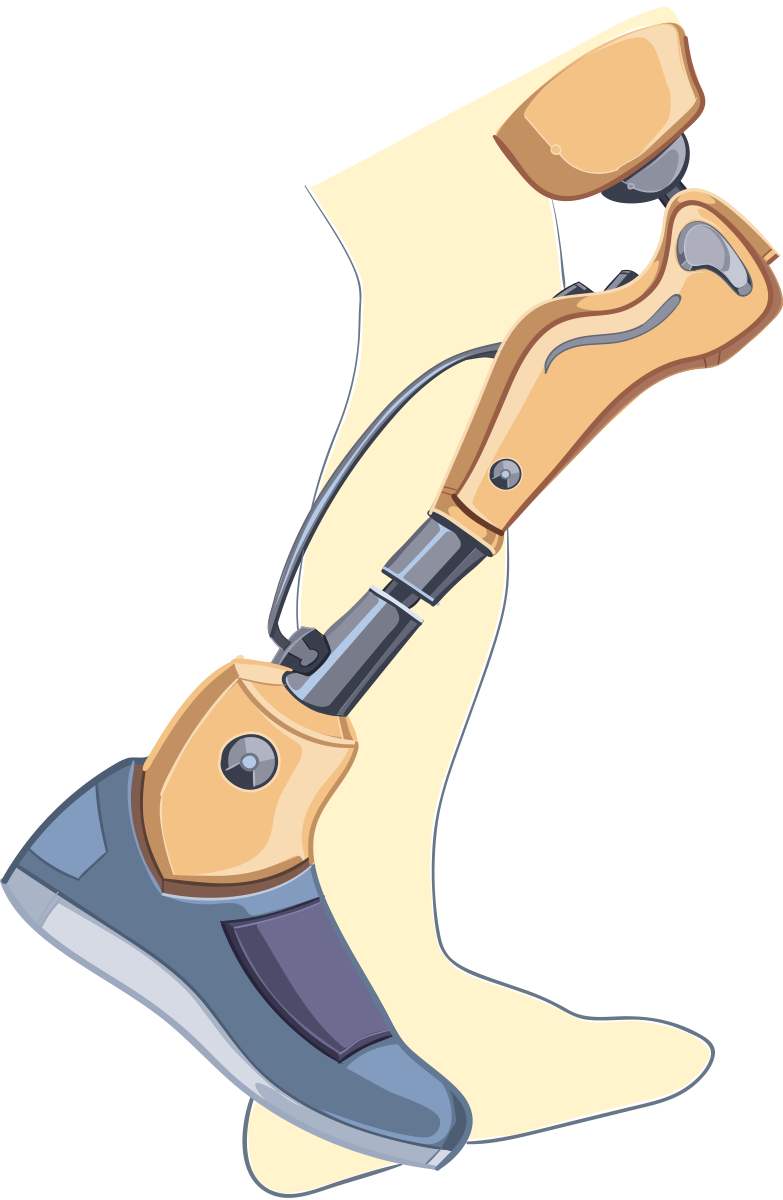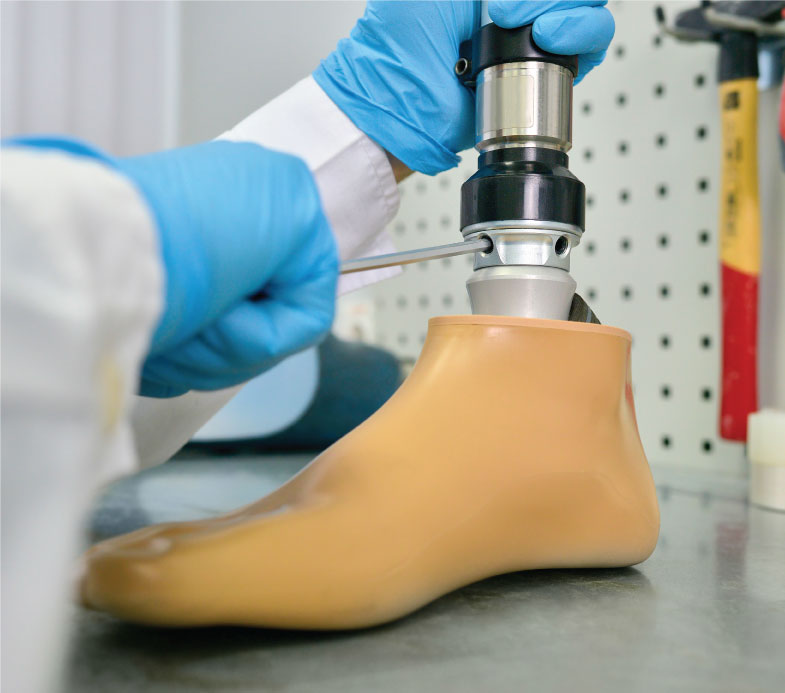The need is growing
2.1 Million
1 in 10
35%
200%
- They experience secondary health problems from a sedentary lifestyle.
- Many times, depression and post-traumatic stress invade.
- They cannot simply return to an active lifestyle without a quality prosthetic device.
- We all have the right to walk, a prosthetic is not just a device, it is a needed body part.
We are here to help
Quality matters
Custom
A prosthesis cannot be sold over the counter like a pair of shoes. Each prosthesis is made per anatomical measurements, casting and molds, and a custom socket is made from lightweight carbon fiber to fit around a person’s amputated limb, almost like a glove.
Individual
Since each prosthetic is custom-made to each person, the prosthetist must take several factors into consideration, such as health, lifestyle, age, weight, and goals.
Technology
Those with limb loss receiving higher technology prosthetic devices have a better quality of life, fewer emergency room visits and other comorbidities than patients limited to no or less advanced prosthetic limbs.
Maintenance
Prosthetic limbs need to be repaired and maintained. Often prosthetic limbs need to be replaced every 3-5 years, and sockets may need to be replaced or adjusted more frequently if the individual changes.

Step into your future
And keep your head up…


